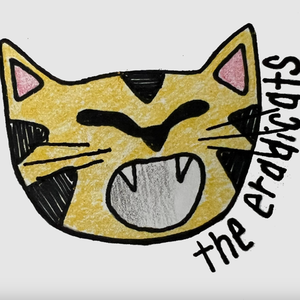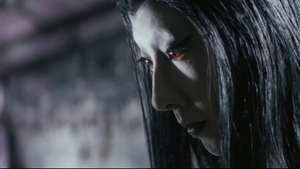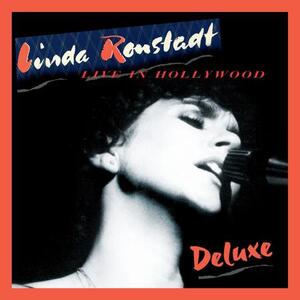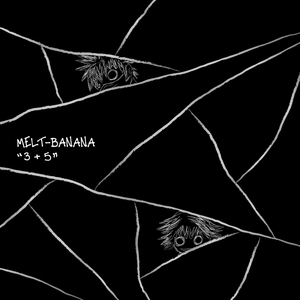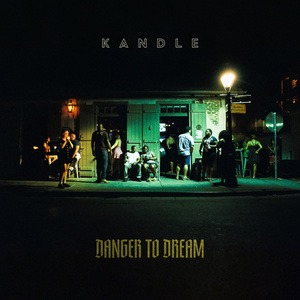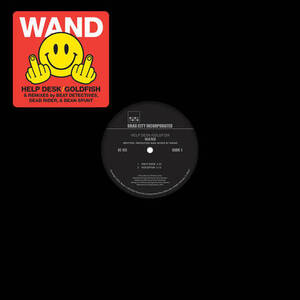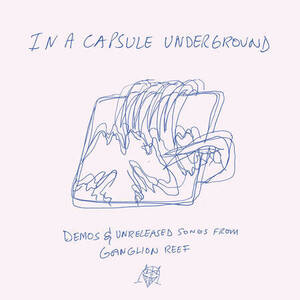Uncle John’s Box Set
by Julio Diaz
[[dead]]The Grateful Dead
The Golden Road (1965-1973)
Rhino
<
p class=”w-First”>Rock impresario Bill Graham once remarked something along the lines of “the Grateful Dead aren’t only the best at what they do — they’re the only ones who do what they do.” Even as each new year seems to bring another handful of Dead-influenced “jam” bands truckin’ down the pike, Graham’s statement still holds true — for one simple reason. The Dead wrote songs. While the Dead were never radio “staples,” somehow the classic tunes of Jerry Garcia, Bob Weir, and Robert Hunter have become engraved in people’s minds. “Truckin’,” “Friend of the Devil,” “Casey Jones,” the list goes on and on. For those who admire well-constructed songs, this 12-CD box has a boatload of ’em. For the wandering tribe known as Deadheads, the bonus material on these discs will go a long way to replacing the patched-together tapes collected over the decades. Each disc features at least four or five live and unreleased cuts, plus “hidden” tracks, which are generally radio ads, demos, etc.
<
p class=”w-Middle”>The Grateful Dead began as a jug/blues band known as The Warlocks. In those days, it was more Pigpen’s (keyboardist/harp player/vocalist Ron McKernan) show than Garcia’s — they performed rather straight-up versions of traditional classics such as “I’m a King Bee” or “Sitting On Top of the World.” To tell the truth, The Dead weren’t really much of a blues band — the sessions collected on the first set, entitled “Birth of the Dead,” show a band mainly playing by the book versions of songs, all topped with Pigpen’s rather annoying Farfisa organ, which made everything sound like you were at a roller rink. By this time, 1965-1966, “white boy” blues had pretty much been defined by the likes of The Paul Butterfield Blues Band or the Eric Clapton-based version of John Mayall’s Blues Breakers. Compared to that pair, The Dead barely rate a mention. What is interesting about these never before heard sides (particularly the live disc) is how consistent in material The Dead were. “I Know You Rider” and “Don’t Ease Me In” make their debuts here, and both were live staples of the group until the end.
<
p class=”w-Middle”>During the hippie days of the late sixties, record labels rushed to sign acts that were from California and seemed to be vaguely “out there.” The Dead certainly were that. Taken as a body of work, the first three records — The Grateful Dead (1967), Anthem of the Sun (1968), and Aoxomoxoa (1969) — border, to today’s ears, on unlistenable. Only Aoxomoxoa, with such songs as “St. Stephen” or “China Cat Sunflower,” holds up at all, and even it sounds overwrought. Or in Garcia’s words, “overwritten.” The material wanders about, unfocused and noodling. Garcia was developing his lyrical, melodic guitar style, but it hadn’t reached a comfort level by this point. When the band attempted to get “trippy” — such as on “Anthem,” with songs such as “Quadlibet For Tender Feet” or “The Faster We Go, the Rounder We Get,” the drug-drenched naivete comes through loud and clear. The live bonus material sticks more to the blues — Pigpen workouts such as “Alligator” as well as 1969’s Live/Dead all stay closer to the roots of it all, showing the band flexing it’s improvisational muscle that it would hone over the years, sowing the seeds for the likes of Phish, et al.
<
p class=”w-Middle”>But in 1970, a number of factors came together — the worsening health of Pigpen, the desire to record a “hit” quickly (the band owed Warner Brothers a substantial amount of money for past recording costs) — to create the first of two records that have come to define the “golden era” of the Dead. Workingman’s Dead and its follow-up, American Beauty — both released in a seven-month period of 1970 — are as good as the band ever got in the studio. Workingman’s Dead featured the classic numbers, such as “Uncle John’s Band,” “Dire Wolf,” and the late-night, one more toke please “Casey Jones.” Gone are the rambling, goofy jams of the past, replaced with shorter, sharper songs that sound more organic than before. The songwriting partnership of Jerry Garcia and Robert Hunter is running full out here, and the imagery they fathered spawned a million T-shirts and bumper stickers. “Ridin’ that train, high on cocaine” (“Casey Jones”), or “He’s come to take his children home” from “Uncle John’s Band” united a sort of family around The Dead, one that still offers a sense of community and warmth today, long after the group has ceased to exist.
<
p class=”w-Middle”>The follow-up, American Beauty, is not only the best Dead album, it’s one of rocks finest hours, period. From the opening Phil Lesh/Hunter moment “Box Of Rain” to the closing “Truckin’,” this is a work of genius. The songs are strong — “Friend of the Devil,” “Sugar Magnolia,” and the performances stellar, but as with most great works of art, the end result is so much more than a simple combination of parts. AB walks a fine line between folk songwriting and extended jam, never getting too much of either. The live versions of “Truckin'” and “Candyman” show The Dead in a comfortable groove, one that they would build on, but never really top, for the rest of their careers. The final three releases included in the set — Grateful Dead,ìEurope ’72, and Bear’s Choice are all live collections, and all include extra live cuts.
<
p class=”w-Middle”>As the years rolled on, so did The Dead. The death of Garcia ended the band in its proper form, but offshoots such as Bob Weir’s Ratdog and such, makes certain that no one will be at a loss for Dead music. Of the genre they largely spawned, jam bands are more popular today than ever — unfortunately. Unfortunate because at the heart of The Dead pumped a songwriter’s band — for every hour-long “Dark Star,” there was a snappy, five-minute long “Bertha.” The Dead offered it either way, and in this, they have never been topped. Long-time Deadheads will of course have all the studio albums offered here, but with the HDCD remastering done for this release, they probably should buy them again. Again, the bonus material has been about in bits and pieces, so it’s nice to find it all in one place. The 73-page book that is included gives one a wealth of information and memories, and the set itself is gorgeous and huge — damn thing weighs around ten pounds. There is only one Grateful Dead. Accept no substitutes.
Rhino Records: <http://www.rhino.com
<h4 class=”w-Byline” align=”right”“>James Mann</h4>





